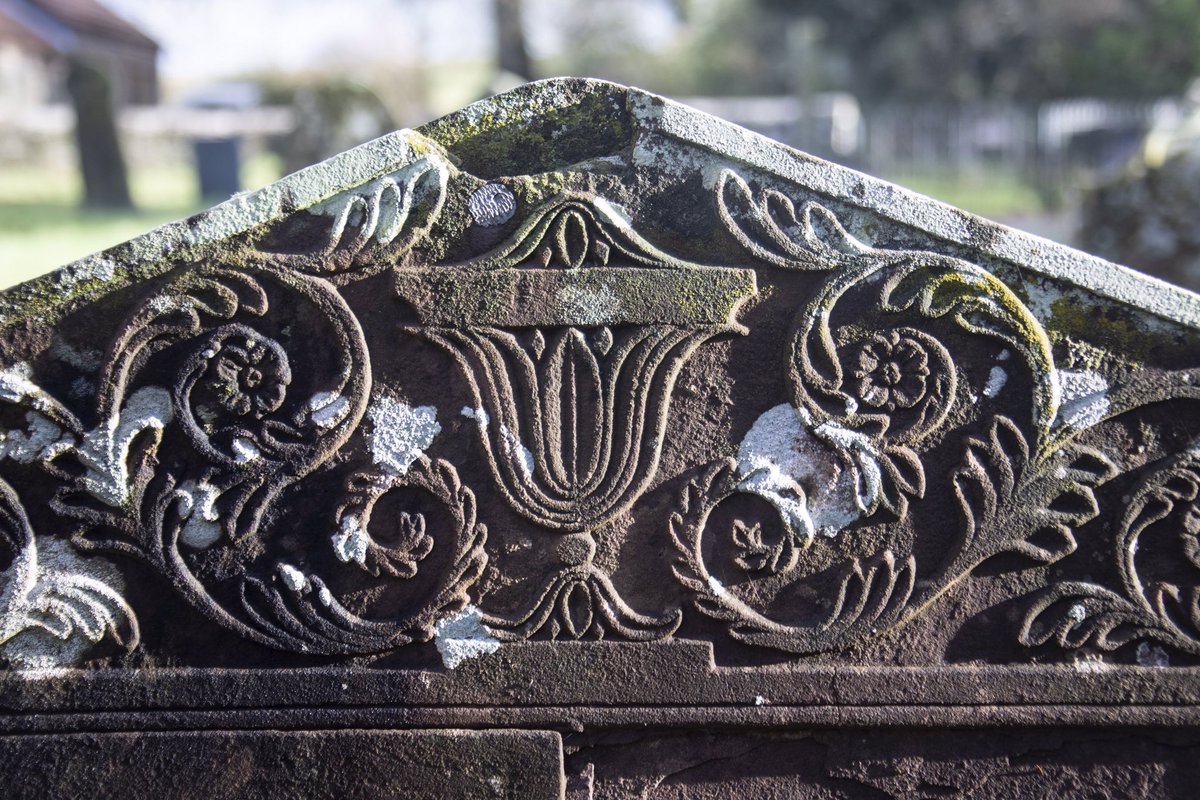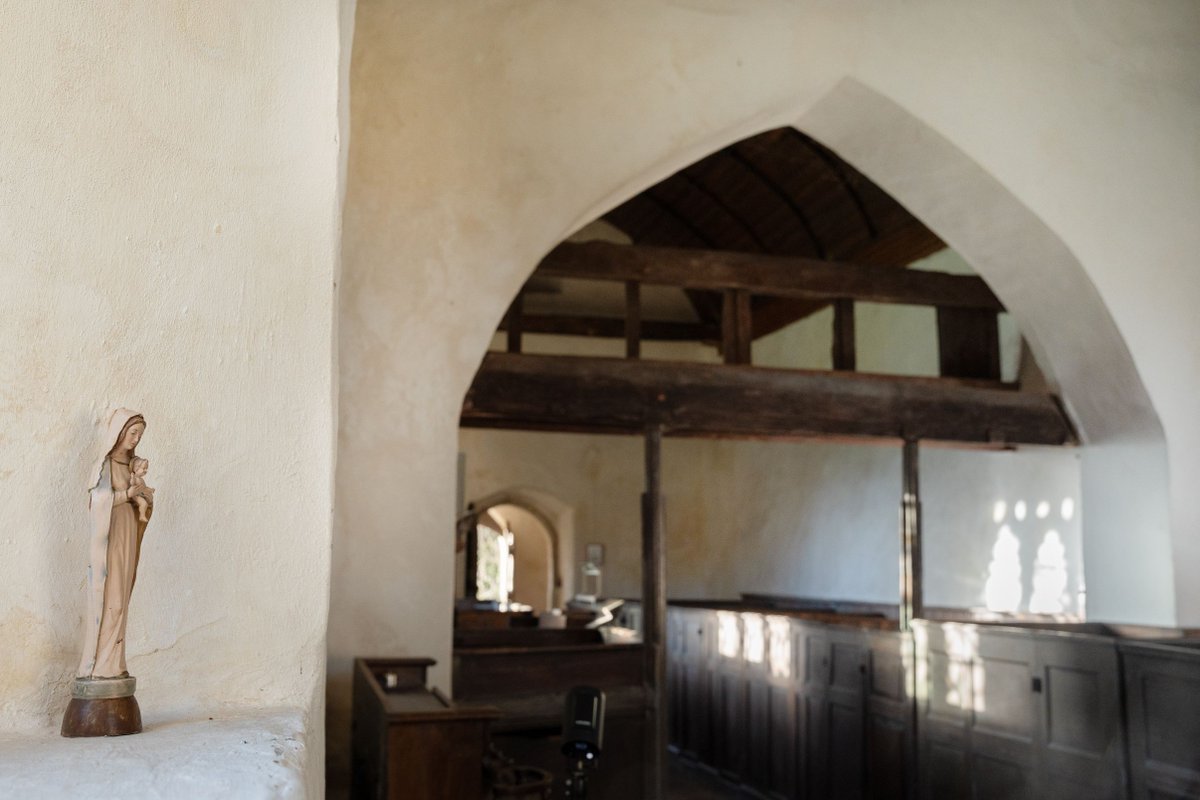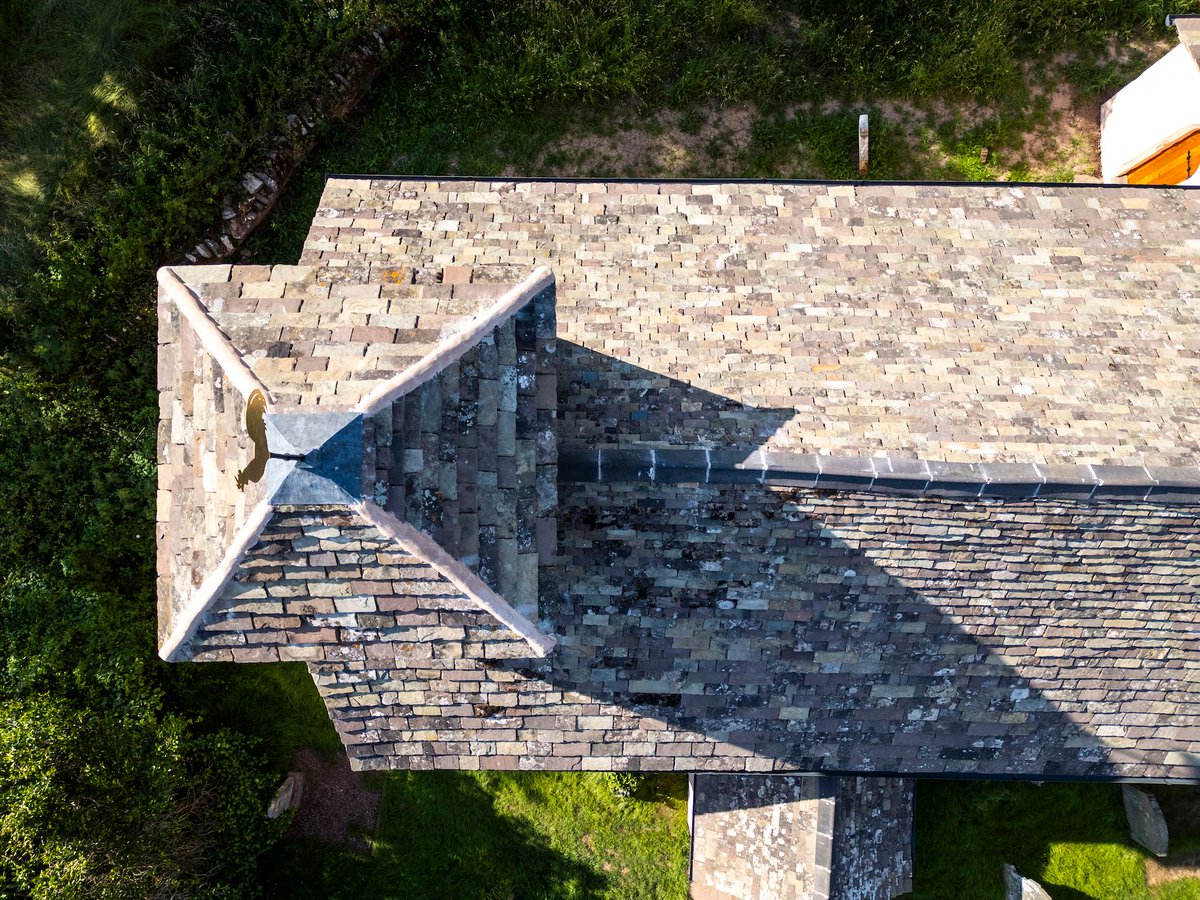“…Lichen, which hath a wonderful operation to cure the rhagadies, fissures and chaps in the feet.” That’s Pliny the Elder’s top tip for getting your feet into shape for the summer.
But why stop at your feet? Lichen has been used in medicine over the globe centuries.
#thread
But why stop at your feet? Lichen has been used in medicine over the globe centuries.
#thread
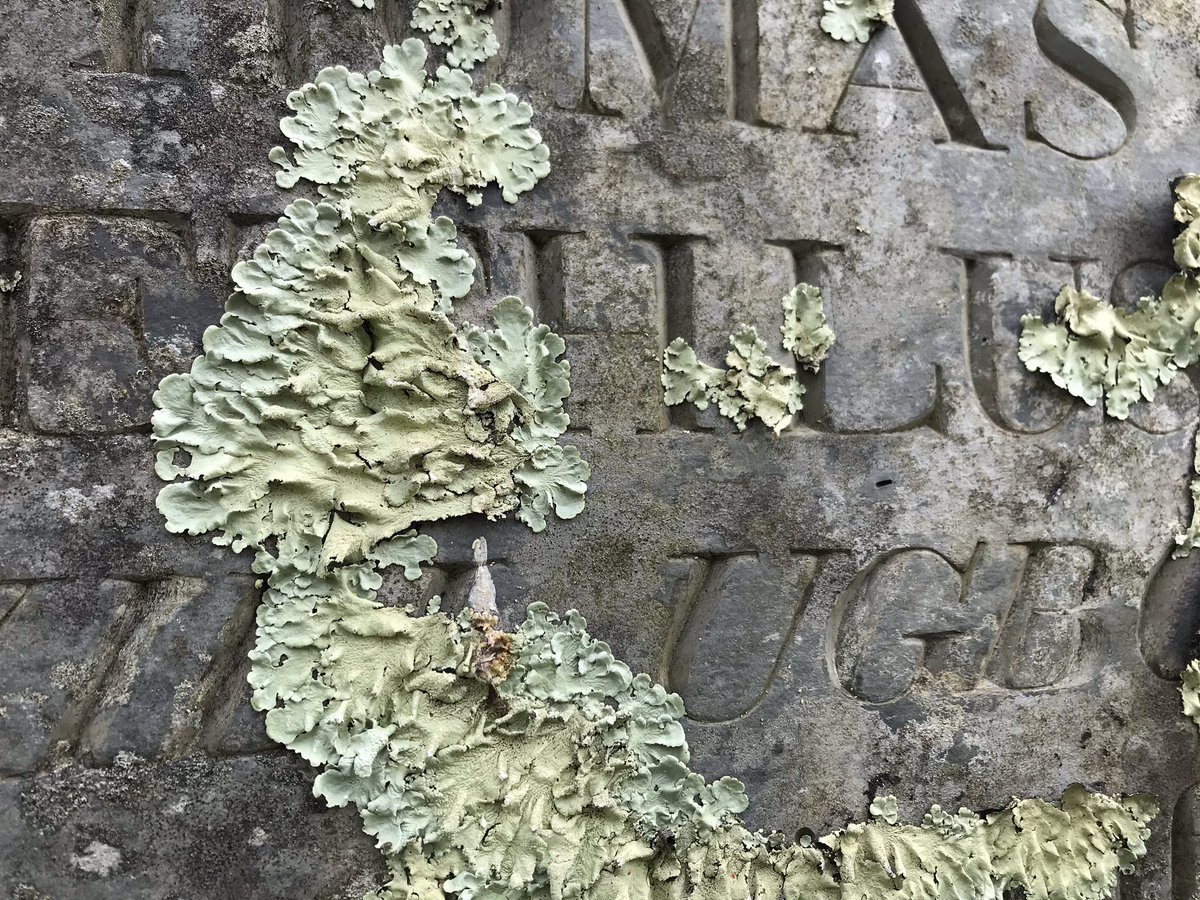
Some lichens have been found to have mild antiseptic and anti-inflammatory properties, and were handy for treating scrapes and stings. But they also did some heavy-lifting medicinal work such as promoting hair growth, curing jaundice, and treating rabies.
2/
2/
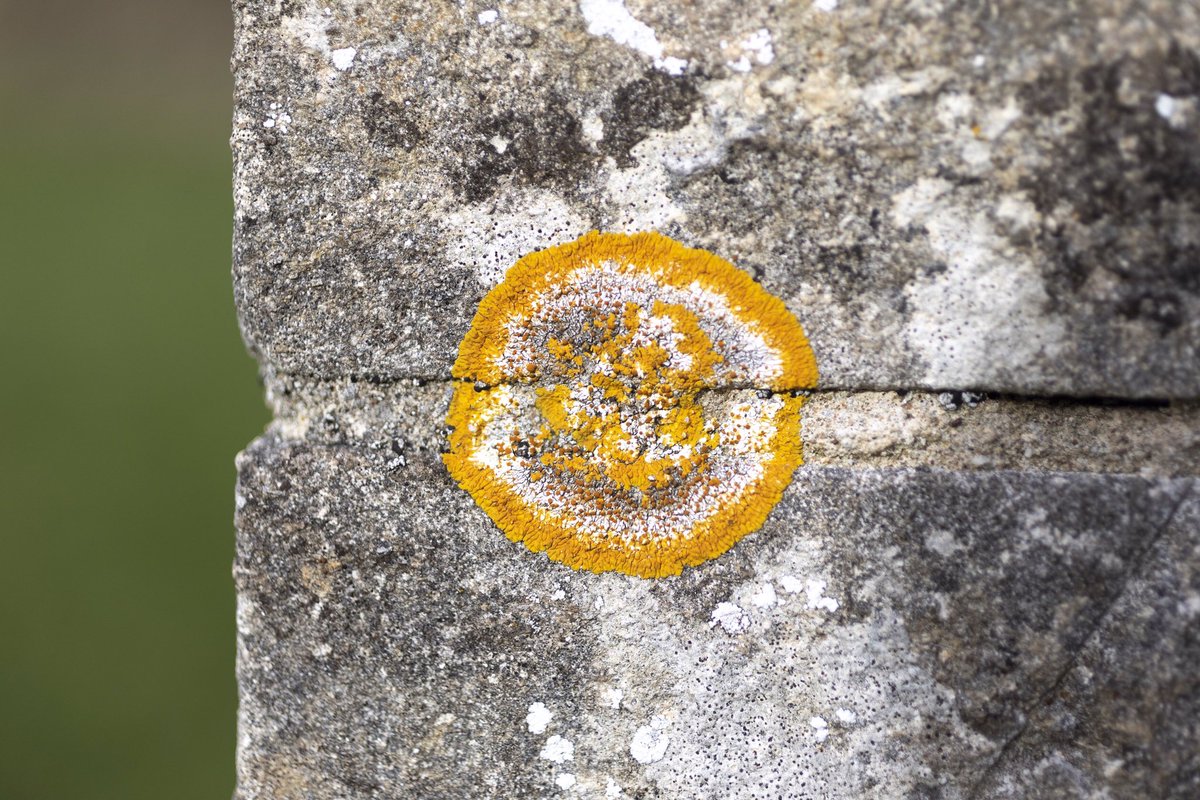
Churches and churchyards are especially important for lichen.
@BLSlichens
tell us that there are over 20,000 churchyards in England and they are home to almost half of all British lichen species. In fact some individual lichens may be as old as the gravestones they grow on.
3/
@BLSlichens
tell us that there are over 20,000 churchyards in England and they are home to almost half of all British lichen species. In fact some individual lichens may be as old as the gravestones they grow on.
3/

In fact, there’s a specific type of lichen called Churchyard Lecanographa that *only* grows on the plaster of ancient churches in the south of England!!
Photo: DorsetNature
4/
Photo: DorsetNature
4/

Lichens offer a form of cladding for stone. They love the deep crevices of lettering on gravestones, and often make the inscription more legible. Scrubbing off lichen often does more damage to the stonework.
For more churchyard content, give @godsacre a follow.
5/
For more churchyard content, give @godsacre a follow.
5/

• • •
Missing some Tweet in this thread? You can try to
force a refresh

